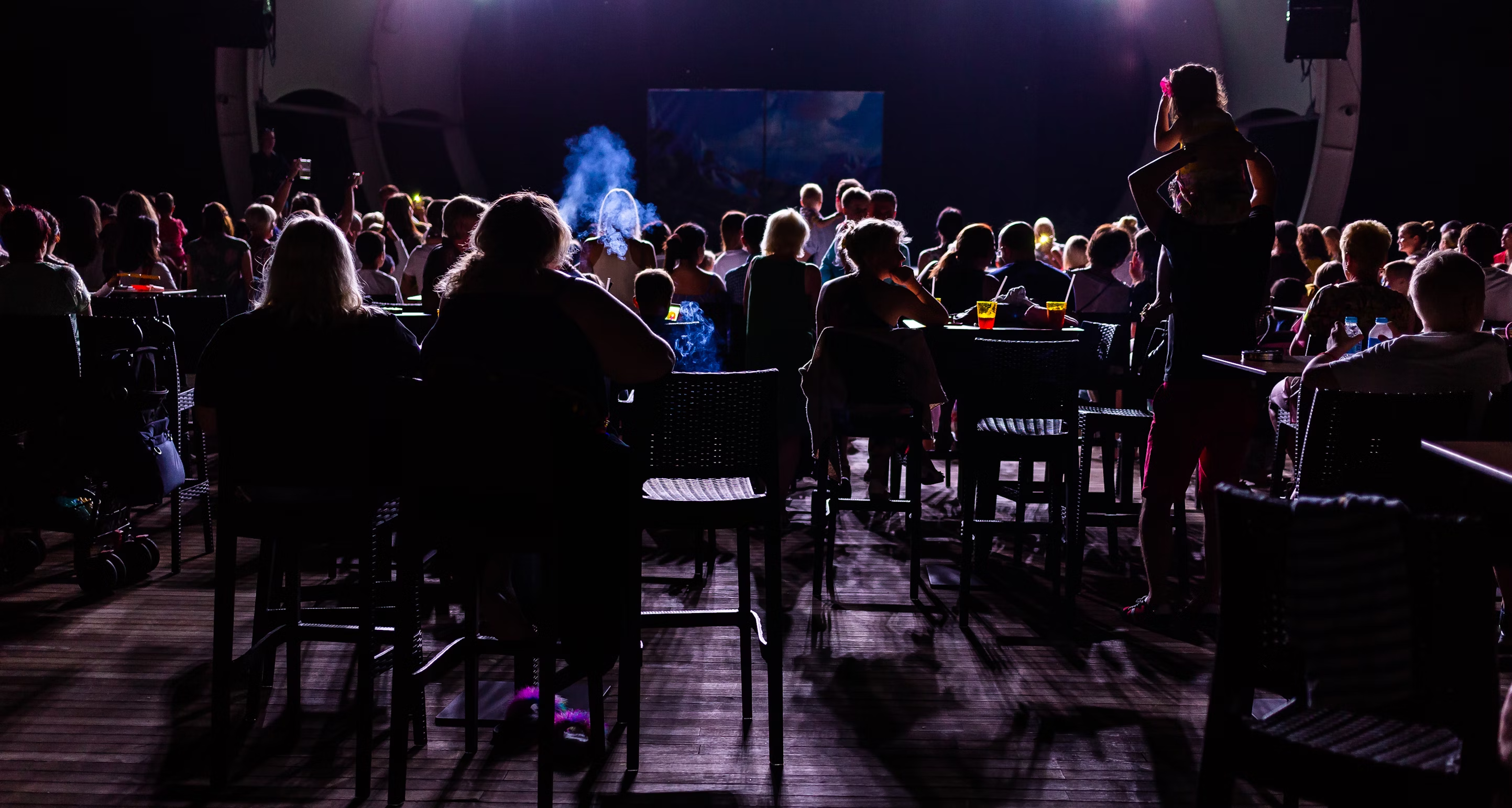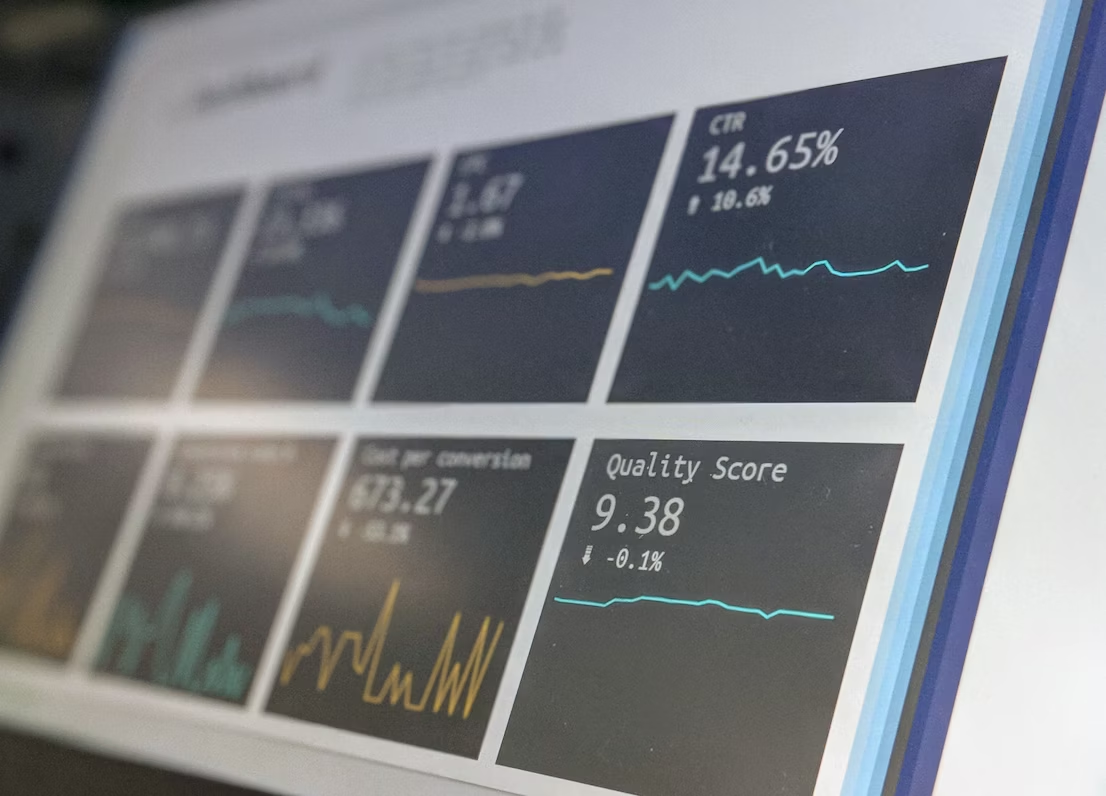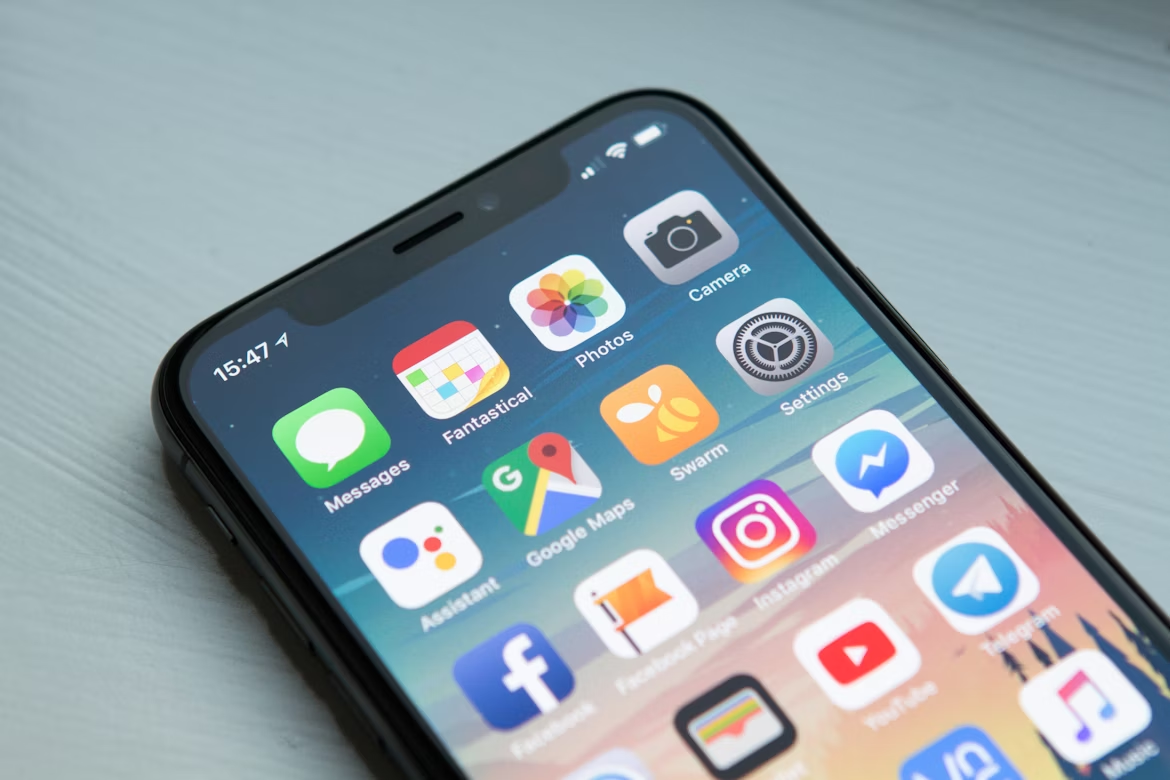From Broadway to the local community theater, we're witnessing a game-changing evolution in the world of performance arts. Driven by the desire for inclusive entertainment, theater shows are becoming more accessible than ever. And it's all thanks to a trio of trailblazing trends. Let's dig into the first of these 3 accessibility trends in theater shows: the rise of assistive listening devices.
1. Explore the Rise of Assistive Listening Devices
You've heard of Dolby Atmos and IMAX sound, right? Well, theater shows are catching up with the cinema world and turning the volume up on accessibility. The name of the game is Assistive Listening Devices (ALDs), and they're turning heads (and ears) across the theater industry.
These nifty gadgets aren't your grandma's hearing aids. ALDs, such as Sennheiser's MobileConnect and Listen Technologies' ListenTALK, are transforming the theater experience for the hearing impaired. They work by amplifying the sounds of the stage, while reducing background noise — it's like having a personal volume control for the show.
But wait, there's more. ALDs aren't just for those with hearing impairments. Ever been to a play where you were stuck in the back row, straining to hear the dialogue? Yep, we've all been there. With ALDs, you can catch every word clearly, no matter where you're seated. Now that's what we call an encore-worthy performance!
There's no doubt that the rise of these assistive listening devices is a trend that's here to stay. As one of the top 3 accessibility trends in theater shows, it's not only enhancing the experience for theater-goers with hearing impairments but also setting a new standard for all audience members.
So, what's the next big trend that's making waves in theater accessibility? It's time to turn on the subtitles and dive into the world of captioning services. Stay tuned!
2. Analyze the Impact of Captioning Services
You know that feeling when you're watching a movie on Netflix, and you miss a crucial line of dialogue, so you quickly rewind and turn on the captions? Now, imagine having that same level of clarity and understanding at a live theater show. That's the power of captioning services, the second of our 3 accessibility trends in theater shows.
Captioning services, are revolutionizing the theater experience for both the deaf and hard-of-hearing community, as well as the wider audience. Let's break down how they work:
- Real-time Captioning: These services provide live transcriptions of the dialogue and sound effects during a performance. It's like having a personal narrator, telling you everything that's happening on stage. This isn't just beneficial for those with hearing impairments; it's also great for anyone who might have missed a line or two.
- Customizable Options: One size doesn't always fit all. That's why these captioning services offer customizable options, from changing the font size and color to adjusting the speed of the captions. It's all about making sure every theater-goer has the best experience possible.
- Language Translation: For our international friends or multi-lingual theater enthusiasts, some captioning services even offer translations. This means you can enjoy a show in your native language, broadening the scope and reach of theater shows globally.
The introduction and rapid advancement of captioning services in theaters aren't just a trend— it's a paradigm shift. By enhancing communication and comprehension, this accessibility trend is breaking down barriers and making theater a more inclusive space for all.
But hold onto your theater binoculars, folks! We're not done yet. The next accessibility trend we're going to explore is changing the game for a whole different set of theater-goers. Let's take a closer look at sensory-friendly performances.
3. Evaluate the Adoption of Sensory-Friendly Performances
Ready for a drum roll? The third trend in our list of 3 accessibility trends in theater shows is sensory-friendly performances. These shows are designed specifically for guests with sensory sensitivities, autism spectrum disorders, and other cognitive and physical disabilities.
Let's shine the spotlight on key elements that make sensory-friendly performances, well, friendly:
- Adjusted Sound and Lighting: Theaters understand that sudden loud noises and bright lights can be overwhelming for some guests. So, they tweak these elements to create a comfortable environment. It's like giving the volume and brightness dials a little turn towards the 'just right' mark.
- Relaxed House Rules: No need to sit tight and stay quiet throughout the performance. Theaters have relaxed house rules for these shows, allowing guests to move around and express themselves freely. It's all about making everyone feel welcome and stress-free.
- Pre-Show Guides: What if you could get a preview of what to expect during the performance? It would certainly help to prepare and plan, right? That's exactly what pre-show guides offer. They provide information about the story, characters, and potential triggers in the show.
- Safe Spaces: Sometimes, all you need is a little break. Many theaters provide safe spaces or break areas during sensory-friendly performances. These are quiet, calming spaces where guests can go if they need a moment away from the action.
The adoption of sensory-friendly shows is a testament to the theater world's commitment to inclusivity. It's a trend that not only acknowledges diverse needs but also actively caters to them.
Now that we've explored the top 3 accessibility trends in theater shows, let's take a moment to envision the future of accessibility in theater. What more can technology offer? How can we further enhance the theater-going experience for everyone? Stay tuned!
4. Discuss the Future of Accessibility in Theater Shows
So, what does the future hold for accessibility in theater shows? With the top 3 accessibility trends in theater shows making waves, it's clear the stage is set for even more innovation.
Virtual Reality and Augmented Reality
The next act on our stage of accessibility might feature Virtual Reality (VR) and Augmented Reality (AR). Imagine being able to experience a theater show right from your living room, with the actors appearing as if they are performing just for you. Or consider the potential of AR to provide real-time captions or translations, making every word and every scene accessible. Intriguing, isn't it?
AI-Powered Assistive Tools
AI-powered tools could be the next big hit in our list of accessibility trends. Think AI-generated captions, sign language interpreters, or even personalized audio descriptions. These tools could provide a tailored theater experience, ensuring that no one misses out on the magic of the performance.
Universal Design in Theaters
Universal design in theaters is another trend waiting in the wings. This design approach considers the full range of human diversity, ensuring that all spaces within the theater are accessible and comfortable for everyone. With universal design, theater shows could truly be an experience everyone can enjoy, regardless of their physical or cognitive abilities.
The future of accessibility in theater shows is bright and full of potential. It's a standing ovation to the power of technology and our collective commitment to inclusivity. But remember, technology is just one piece of the puzzle. Stay with us as we highlight the role of technology in enhancing accessibility in the next section.
5. Highlight the Role of Technology in Enhancing Accessibility
Hang on to your hats, theater fans! Let's not miss a beat as we spotlight the role of technology in enhancing accessibility. It's quite the showstopper in our exploration of "3 accessibility trends in theater shows".
Tech's Starring Role in Assistive Devices
First up, let's give a big applause for the assistive devices. Hearing aids that connect to a theater's sound system, wearable devices that vibrate with the rhythm of the music—technology has made these possible. It's like having front row seats, no matter where you're seated!
Technology as The Playwright of Captioning Services
Next, let's not forget about captioning services. Real-time captions, subtitles in multiple languages, not to mention text-to-speech services—this is where technology takes the script and turns it into a play everyone can follow. It's the kind of performance that gets a standing ovation every time.
Sensory-Friendly Performances Directed by Tech
Finally, let's put the spotlight on sensory-friendly performances. Adjustable lighting, controlled sound levels, and even virtual reality experiences—these are all directed by technology. It's a production that caters to everyone's comfort and ensures a memorable show for all.
So, as the curtains close on our exploration of the "3 accessibility trends in theater shows", let's remember: technology plays a pivotal role in making theater accessible to everyone. It's a performance we can't wait to see more of!









